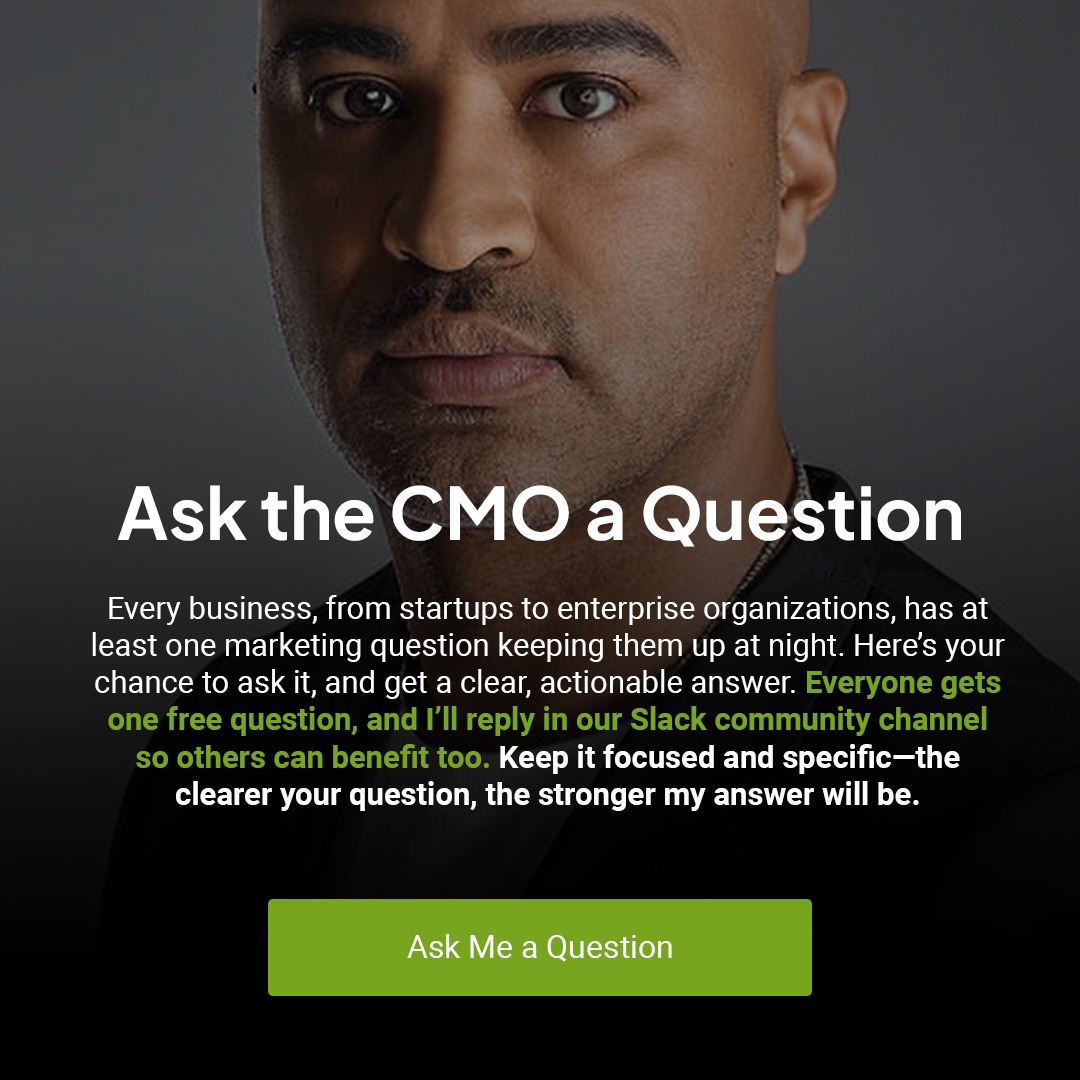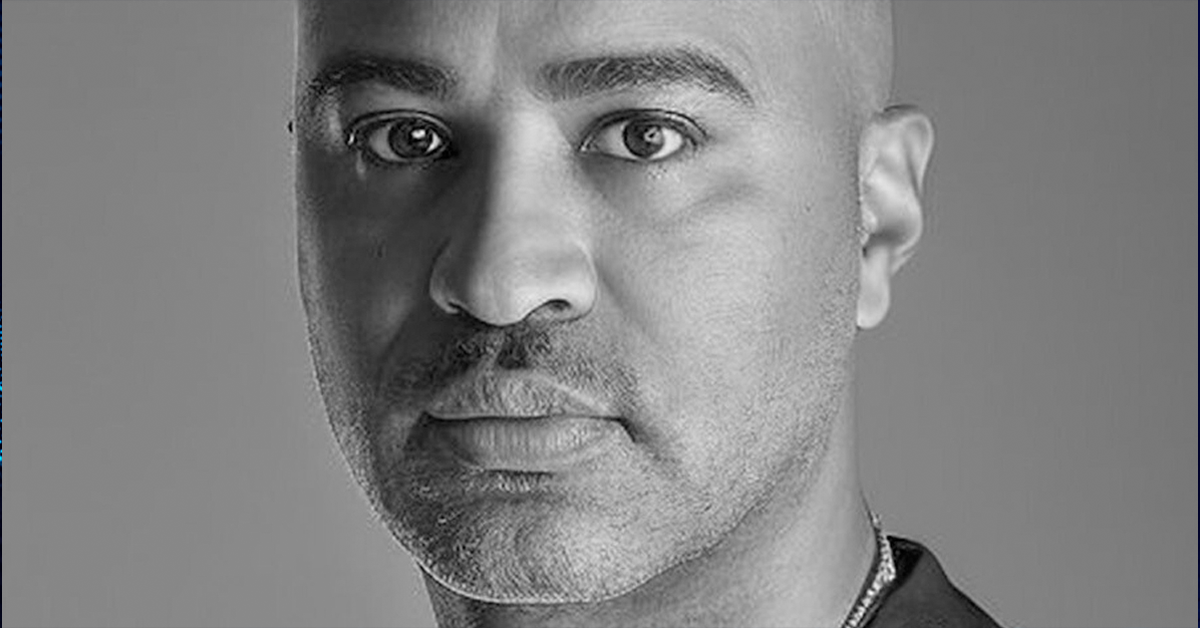I’ll be honest: I’m totally overwhelmed and burned out. I’ve hit a wall. Not the kind of wall you slam into once and bounce back from, but the slow, grinding kind that wears you down until you finally notice you’re exhausted. I realized I had subscribed to every single news outlet. I was following hundreds of politicians. Meme accounts stacked up like digital candy. My Facebook alone had me connected to more than 2,000 pages. And I asked myself the obvious question: for what?
Was I actually more informed? Did all of this “connection” make me sharper, more aware, more capable? Or was I just drowning in noise? The answer was obvious. I wasn’t more informed—I was fragmented. I wasn’t sharper—I was scattered. I wasn’t happier—I was drained.
So, I did what felt almost radical for a marketer: I started unfollowing, hiding, blocking, unsubscribing, and deleting ferociously. I’ve been stripping my feeds down to the essentials. And in that process, I saw something I couldn’t ignore: the same fatigue I felt is what our customers feel every single day.
What It Felt Like to Be Overloaded
Scrolling through my feeds was like walking into a crowded room where everyone shouted at once. News alerts piled on news alerts. Politicians fought for airtime with influencers. Memes blended into marketing. Notifications never stopped.
I wasn’t consuming information; I was hoarding it. I had built a digital attic stuffed with voices that no longer served me. And every new follow, every new subscription, was another weight on the pile.
When I started unfollowing, it was liberating—but also unsettling. There’s a strange guilt that comes with hitting “unsubscribe” or “unfollow.” As if by disengaging, you’re missing something essential or letting someone down. However, the reality is that I wasn’t engaging with most of it anyway. I was just permitting it to clutter my head.
By the time I cut down thousands of accounts, my feeds felt different. Lighter. More intentional. And the few voices I kept became more valuable.
Humans Weren’t Built for Infinite Input
Our brains evolved to process finite signals in our immediate environment: the sound of footsteps, the crackle of fire, the face of a friend. That’s what our neurology is optimized for.
But in 2025, we’re asking the brain to process thousands of stimuli every day—ads, feeds, emails, texts, notifications, videos, push alerts, AI-generated everything, and more.
A University of California study found the average person consumes the equivalent of 74 gigabytes of information per day. That’s like binge-watching 16 movies daily, whether you want to or not.
The World Health Organization has even linked excessive screen time and digital saturation to rising levels of anxiety and depression, particularly in young adults. And while doomscrolling has become a cultural joke, it’s a clinical problem—one that rewires the brain’s reward pathways and deepens fatigue.
It’s no wonder attention is fraying. And yet as marketers, we’ve built an industry that thrives on creating more of this.
The Allure of Omni-Channel Marketing
For years, I’ve been an advocate of the omni-channel approach—a strategy built on meeting customers wherever they are: social media, email, paid ads, SEO, in-app notifications, events, even direct mail. The idea is that by creating a seamless, consistent experience across multiple touchpoints, you maximize visibility, reinforce brand recall, and remove friction from the buyer’s journey. It works—when executed thoughtfully, omni-channel marketing can accelerate user acquisition, build trust through repetition, and ensure that a brand feels ever-present in a consumer’s world. For startups, especially, it has proven to be a reliable way to capture market share quickly and establish credibility against larger competitors.
When Omni-Channel Becomes Overkill
But here’s the shadow side: omni-channel done carelessly can tip into overexposure. The very tactics that once built trust and drove adoption—showing up in every channel, reinforcing the message at every turn—can also create fatigue when they lack restraint. Instead of feeling supported, consumers feel surrounded. Instead of a seamless brand experience, they feel suffocated. That’s the line we as marketers must learn to navigate: using omni-channel as a tool for accessibility, not as an excuse for constant interruption.
The Marketer’s Dilemma
Here’s where the knife twists: we know this is happening, and we often exploit it.
Our industry is designed around maximizing exposure. The logic goes: the more touchpoints, the more impressions, the better the outcomes. So we flood inboxes, spam retargeting, automate notifications, and spread content across every platform that will have us.
But diminishing returns are everywhere.
- Open rates keep dropping.
- Ad blindness is rampant.
- Consumer trust is eroding.
- Engagement is shallow at best.
We keep pushing for more, but “more” isn’t working anymore.
And here’s the paradox: the same people we target are the same people we are. Marketers are not immune to the fatigue we help create. If even I, someone who lives and breathes marketing, was overwhelmed to the point of revolt, what does that mean for everyone else?
When Marketing Turns Into Noise
Think of the brand that retargets you for weeks after you’ve already purchased. Or the news app that sends six push notifications before 9 a.m. Or the SaaS company that believes three emails in three days is a nurturing sequence.
These aren’t strategies—they’re symptoms of desperation. And they erode trust.
Contrast that with a brand like Patagonia, which rarely shouts but always resonates. Or the creator on Substack who emails once a week but delivers such depth you actually look forward to it. The difference isn’t budget or reach. It’s respect for attention.
My Detox, Their Reality
When I started unfollowing thousands of accounts, it wasn’t just about peace of mind. It was about clarity. Suddenly, I could see the handful of brands and voices that actually mattered to me.
They weren’t the ones blasting me daily with recycled content. They weren’t the ones running aggressive drip campaigns or shouting for attention in every feed. They were the ones who respected my time, who added value when they appeared, and who gave me something worth holding onto.
That’s when it hit me: the future of marketing isn’t about being everywhere—it’s about being welcome where it counts.
Why Saturation Isn’t Sustainable
This isn’t just my personal gripe. It’s systemic.
Digital fatigue has real consequences:
- Decision fatigue: Consumers overwhelmed by choices tend to make fewer decisions.
- Anxiety and stress: Doomscrolling is tied to declines in mental health.
- Distrust: Overexposure makes brands feel manipulative rather than supportive.
- Decreased effectiveness: When everyone is shouting, no one is heard.
If we continue to push saturation, we don’t just harm consumers—we also harm our own effectiveness.
Eight Shifts Toward Respectful Marketing
Here’s where my detox turned into a playbook. What I learned personally is exactly what brands must learn to survive.
- From Volume to Value
Don’t measure success by how many emails you send or how many ads you run. Measure by how many actually matter. A single, relevant message that solves a problem or inspires action will be remembered far longer than a flood of filler content that drowns in the noise. - From Interruption to Permission
Just because you can reach someone doesn’t mean you should. Earn the right to show up. Respect the inbox. Respect the feed. Marketing that arrives with consent feels like a welcome guest, not an uninvited intruder, and customers reward that respect with attention and loyalty. - From Dark Patterns to Clarity
Exploiting fear, urgency, and manipulation might work short-term, but it corrodes trust. Clarity builds credibility. The more transparent and straightforward your user experience, the more people will trust your brand to keep its promises. - From Bursts to Depth
Not everything has to be a 15-second reel. People crave depth when the content is worth it. Long-form content—when it’s insightful and well-structured—becomes an asset that audiences return to, share, and use as a reference point over time. - From Omnipresence to Context
Be intentional. Being in the right place at the right time with the right message will always beat being everywhere all the time. Smart brands understand the environments their customers inhabit and choose touchpoints that align with context, rather than blindly chasing visibility. - From Exploitation to Responsibility
Psychology is powerful. Use it to empower people, not to drain them. By shifting from fear-based triggers to positive reinforcement, marketers can create campaigns that make consumers feel better about themselves—not worse. - Cadence Planning
Plan your frequency with discipline. If you wouldn’t want three notifications a day from your bank or a dozen drip emails from your dentist, why would your customers? Respectful pacing prevents fatigue and increases the likelihood that when you do show up, your message is received with interest rather than irritation. - Brand Minimalism
Strip down your communication to what’s essential. A clear, focused brand message carries further than a cluttered one. When every touchpoint reinforces a core idea, your brand becomes easier to recognize, recall, and trust—without overwhelming the consumer’s mental bandwidth.
The Business Case for Doing Less
This isn’t just an ethical argument—it’s a strategic one.
When brands respect attention, they gain loyalty. When they create breathing room, they become a refuge instead of another stressor. And when they choose to show up less often but with more value, they build credibility that no CPM can buy.
The brands that survive the next decade won’t be the ones that shouted the loudest. They’ll be the ones who listened.
Conclusion: The Courage to Do Less
As marketers, we’re rewarded for activity—more campaigns, more channels, more impressions. But my own digital detox taught me a lesson: more isn’t the answer. Sometimes, the bravest, most brilliant move is to step back. To unfollow. To cut through the noise. We don’t need to be everywhere. We need to matter somewhere. And maybe that’s the real future of marketing: not fighting for more attention, but earning the right to be welcomed into the few quiet spaces people have left.
Keep Reading
Want more? Here are some other blog posts you might be interested in.
2026 is not a year for polite forecasts. The mechanics of growth keep changing, and the margin for sloppy thinking keeps ...
You could feel it in the room this year. Not in a vague “the vibe shifted” way. In the practical, stressful ...
He looked across the conference room table at me and said, almost in a whisper, “I hate to be the bad ...
For founders and growing companies
Get all the tips, stories and resources you didn’t know you needed – straight to your email!




